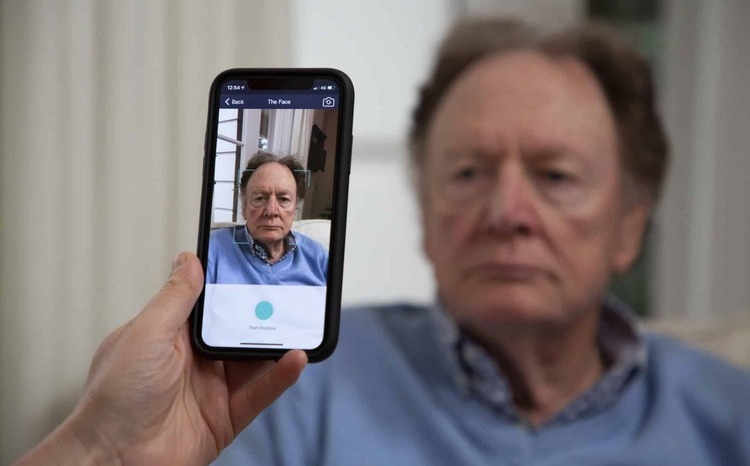Robots with magnetic pores and skin and motion that mimics creeping vine crops may remodel most cancers analysis and therapy, in keeping with a research by College of Leeds.
The “magnetic vine robots” developed by Leeds researchers develop as they transfer and might squeeze by gaps virtually 40% thinner than their resting diameter, enabling them to navigate slim, advanced pathways deep contained in the human physique, such because the bronchial tree, reported the College of Leeds on 29 July 2024.
By magnetising their ‘pores and skin’ and controlling them utilizing exterior magnets, teachers says the small plastic robots are so manoeuvrable they’ll navigate an ‘S’ bend, that means they might doubtlessly be used to deal with tumours within the deepest, most difficult-to-reach elements of the lungs.
Professor Pietro Valdastri, director of the college’s STORM Lab and analysis supervisor, stated: “There are a variety of present procedures that might enormously profit from this know-how sooner or later.
“For instance, present applied sciences to look inside a affected person’s lungs or take samples – a bronchoscopy – can’t simply attain many of the airways as a result of it’s so tough to navigate the instrument by pushing it into the affected person’s physique.
“The issue of the process limits capability within the healthcare system, leading to lengthy ready lists and sure development of the illness.”
He added that the robots symbolize a “vital development in surgical navigation know-how that might profit thousands and thousands of individuals”.
The gadgets are directed by exterior magnets which apply forces to the magnetic particles, inflicting the robotic to vary form or path – enabling it to manoeuvre by the tiny tubes of the lungs to the location of a suspicious lesion.
As soon as on the goal location, the robotic may very well be used to take a tissue pattern or ship therapy, which may finally result in higher therapy outcomes, the analysis suggests.
The report’s lead creator Josh Davy, stated: “A surgeon pushing a catheter by the physique creates friction and discomfort however due to the way in which these robots transfer by rising, there isn’t any friction, that means they’ll transfer by tough pathways simply and so they’re much less prone to injury surrounding tissue.
“Additionally, many cavities within the physique are collapsed – similar to within the mind or within the gastrointestinal tract – and we want a strategy to broaden them, to allow navigation.
“These robots can open up a collapsed tube – which others can’t do. And as soon as they’ve grown, you’ve bought a channel that you would be able to then put instruments or a digital camera down, in order that they have a lot higher potential”.







